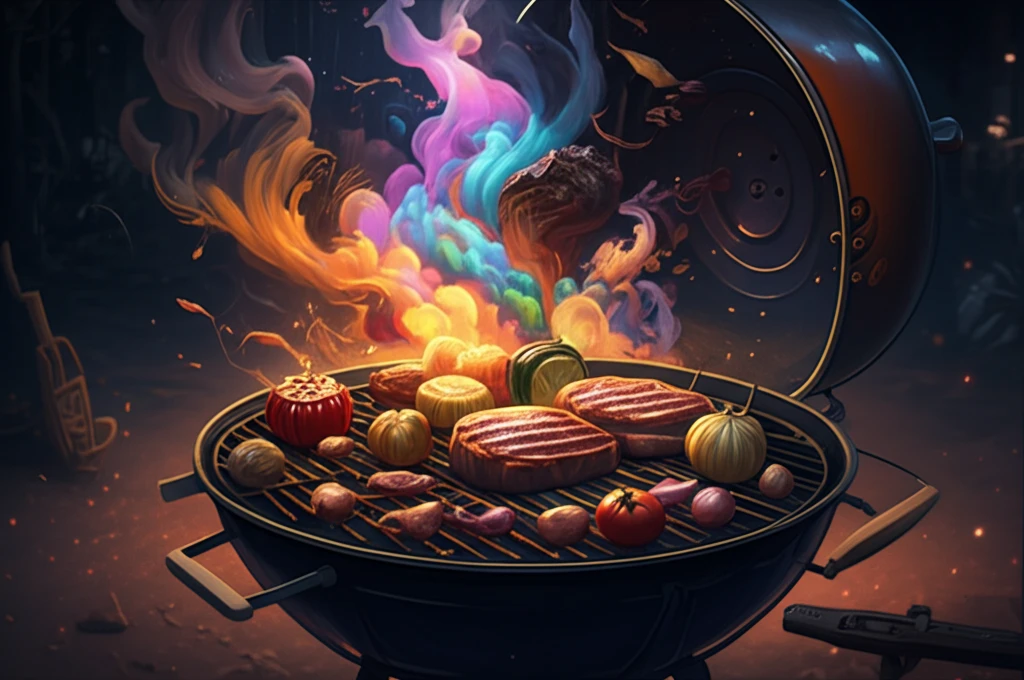
Is Your Grilled Food Risky? Understanding PAHs and How to Minimize Exposure
"A deep dive into polycyclic aromatic hydrocarbons (PAHs) in grilled and fried foods, offering insights into potential health risks and practical ways to reduce your dietary exposure. Especially if you reside in Shandong of China."
Summer is here, and with it comes the irresistible allure of grilled and fried foods. From backyard barbecues to seaside snacks, these cooking methods offer flavors we crave. However, beneath the delicious surface might lurk compounds known as polycyclic aromatic hydrocarbons, or PAHs. Understanding what PAHs are and how they form can empower you to make safer, more informed food choices.
PAHs are a group of chemicals that form during the incomplete burning of organic matter – think wood, coal, or even fat dripping onto hot surfaces. When it comes to food, grilling and frying, especially at high temperatures, can lead to PAH formation. While the occasional indulgence is unlikely to cause harm, frequent exposure raises potential health concerns.
Recent research has focused on quantifying PAH levels in grilled and fried foods, assessing dietary exposure, and estimating potential health risks. This article will walk you through what these studies reveal, offering practical tips to minimize your PAH exposure without sacrificing your love for barbecues and crispy delights.
What Are PAHs and Why Should You Care?

Polycyclic aromatic hydrocarbons (PAHs) are a class of organic compounds containing multiple fused aromatic rings. They are formed during the incomplete combustion of organic materials such as coal, oil, gas, wood, and garbage. PAHs can be found in various places, including air, water, and soil. These compounds are also present in foods cooked at high temperatures, such as grilled and fried meats.
- Benzo[a]pyrene (BaP): Often used as an indicator of PAH contamination due to its well-documented carcinogenic properties.
- PAH4: A group of four PAHs – benzo[a]anthracene, chrysene, benzo[b]fluoranthene, and BaP – that EFSA considers a more suitable indicator of PAH occurrence in food than BaP alone.
- PAH8: Includes the PAH4 compounds plus benzo[k]fluoranthene, benzo[g,h,i]perylene, dibenz[a,h]anthracene, and indeno[1,2,3-cd]pyrene.
Simple Steps for Safer Grilling and Frying
While the risks associated with PAHs are real, they don't mean you have to give up your favorite foods. By being mindful of cooking methods and employing simple strategies, you can significantly reduce your exposure to these compounds and enjoy grilled and fried foods with greater peace of mind. Always stay informed, cook wisely, and savor every bite!
